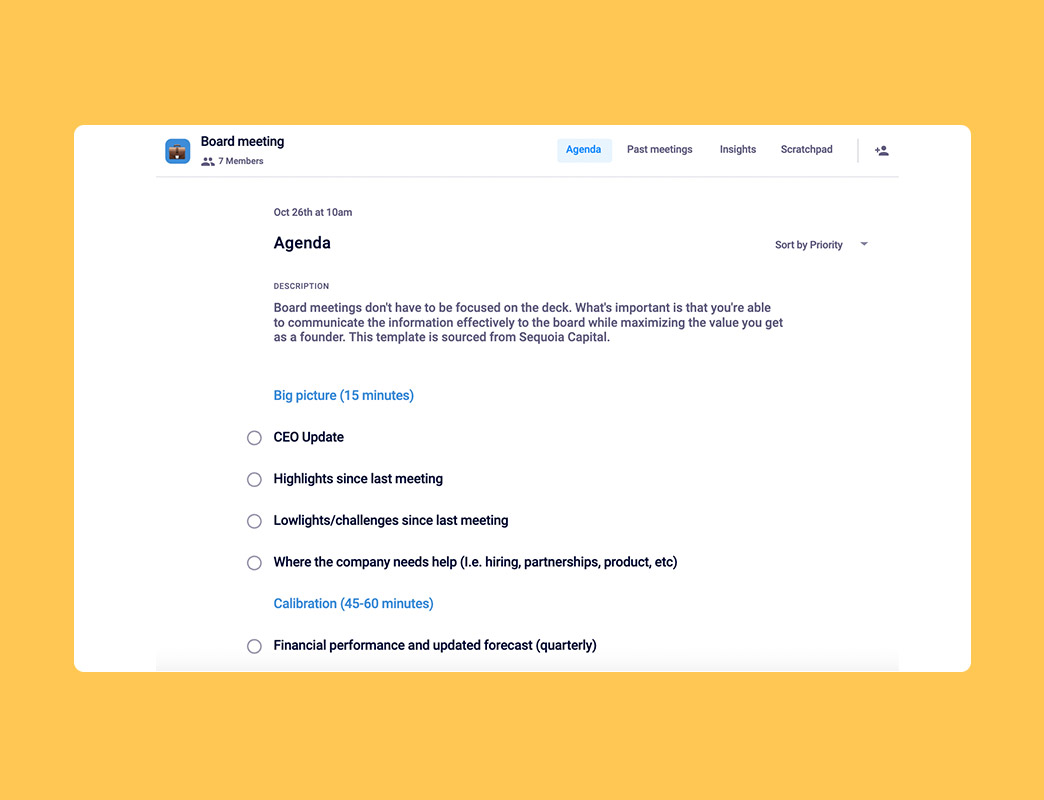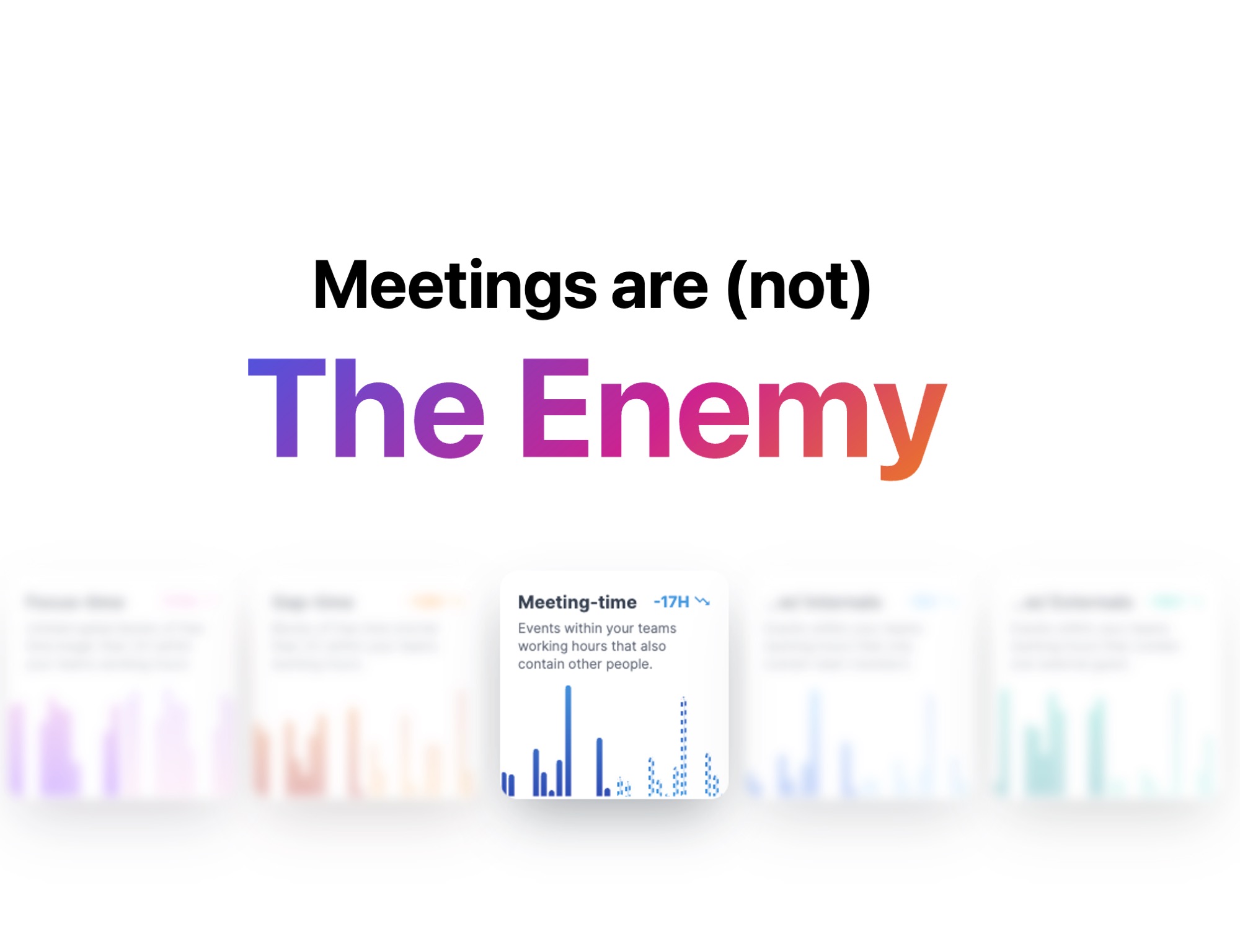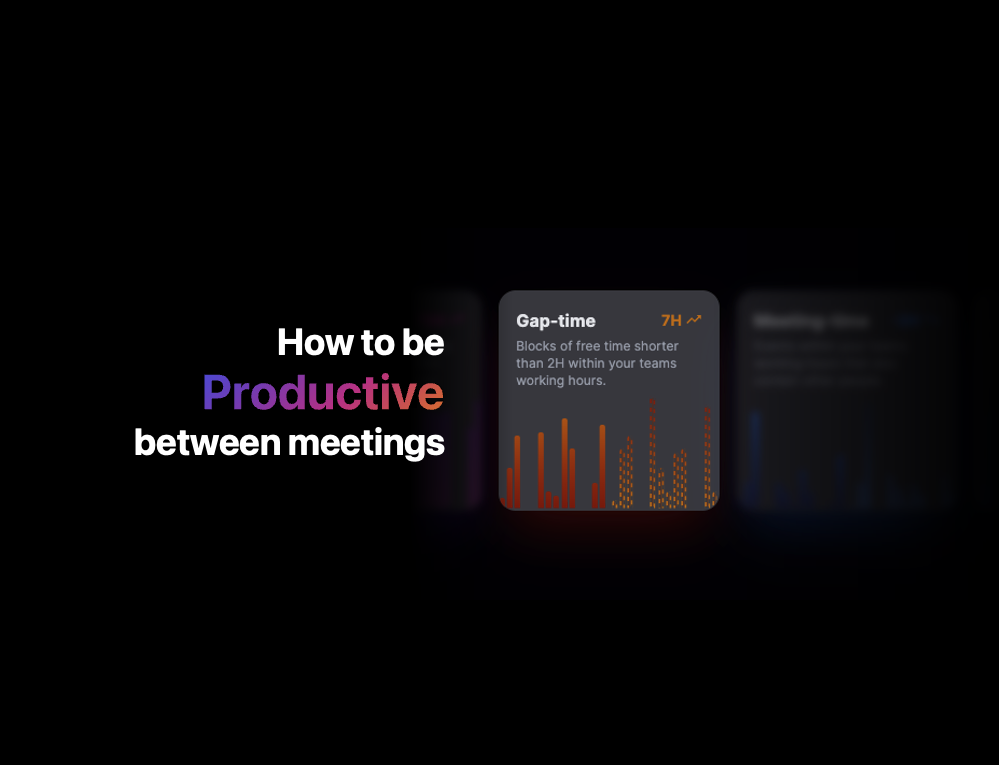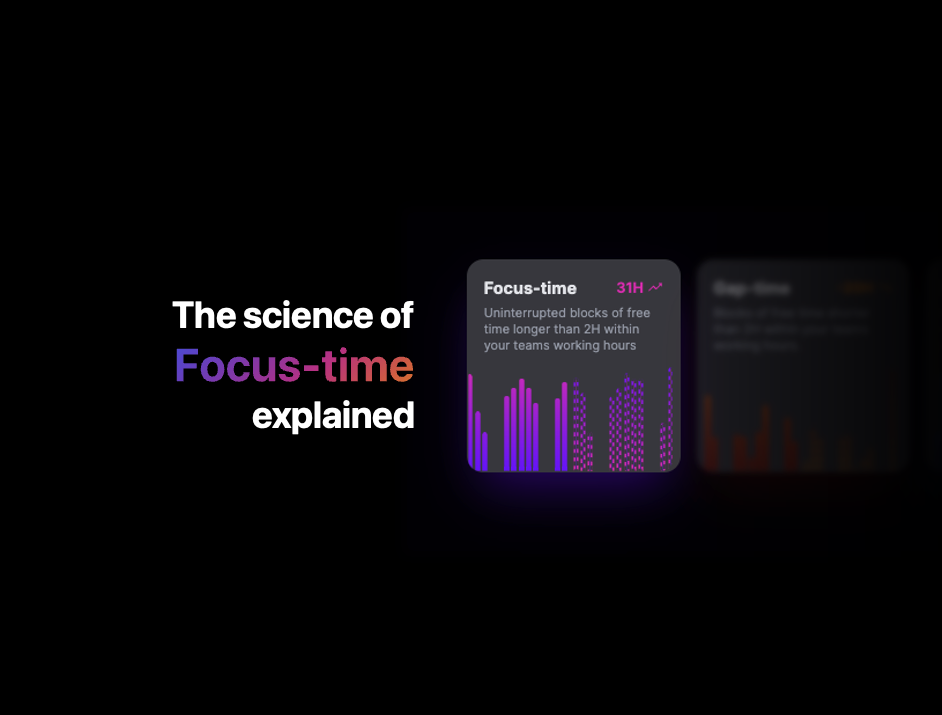Founders: How to create a board meeting agenda that delivers value
8 min readIt’s rare to have your leadership team and board members in one room. Learn how to make the most of your time together with these tips and an agenda template.

Leaders, did you know that simple planning and the use of a board meeting agenda can drastically improve the effectiveness of your board meetings?
For many growing companies, an effective board meeting can impact the relationship between you and your board and your company’s trajectory. These meetings can be extremely valuable, but only when conducted correctly.
Instead of relying on a presentation deck to guide the meeting, companies should make their board meetings more collaborative and actionable. The key here is to balance communicating information effectively with your board while maximizing the value you get as a founder.
To make the most of your meetings, pre-planning and having a meeting agenda in place beforehand is vital. In this article, we’ll look at:
- How to structure a board meeting
- How to take effective board meeting minutes
- What to include in your board meeting agenda
- Board meeting agenda template
How to structure a board meeting
Board meetings can be overwhelming. Preparation often involves gathering lots of information. On top of that, you’re in charge of creating and facilitating a collaborative and practical space.
Like a leadership team meeting, your board meeting is an opportunity for your team to come together with your board members to discuss your organization’s goals and strategize how to make progress toward those key milestones. When done poorly, you could lose sight of goals and miss an opportunity for growth.
Understandably, there’s a lot to cover. Because of that, board meetings sometimes seem to drag on. To maximize your time with your board, founders must run a board meeting that keeps everyone engaged and focused long enough to help them arrive at the necessary decisions to move your company forward.
Here are best practices for how to structure a board meeting:
Send out the agenda well in advance
Board meetings with no structure or clear agenda can lead to a considerable amount of wasted time and productivity. Every hour counts at a start-up, so not preparing effectively for a board meeting can cost your growing company.
Taking the time to design a board meeting agenda thoughtfully and sending it out in advance also creates a precedent and ensures that:
- Important, time-sensitive items are dealt with promptly
- All agenda items have been thoroughly researched and documented (here, you can provide any supporting data or documents and recommendations in advance)
- The timeline is thoughtfully crafted and is a balance of agenda items, discussions, and breaks to ensure a good meeting experience
- Everyone arrives prepared for the discussion
This is especially crucial for board meetings that have longer periods between occurrences (such as a quarterly or yearly cadence), leading to more updates to cover in a short amount of time.
👉 Jump to our board meeting agenda template.
Share relevant documents ahead of time
Along with a meeting agenda, share documents ahead of time with your board. This means providing links or hard copies to any relevant reports and financial analytics or statements you plan to reference during the meeting.
Share only what’s essential to avoid overwhelming your members.
Set meeting goals
As you plan, set your meeting goals and send them out along with your board meeting agenda and documents. This will help keep your board meeting on track and enable you to use time efficiently without drawing focus away from other mission-critical items.
Here’s an example:
The goals of this meeting are to review challenges and wins of last quarter, present plans and finalize targets for next quarter, brainstorm on how to solve current blockers to achieve our big hairy audacious goal and share feedback.
Tap into each member’s unique expertise
Chances are your board members are there for a reason: expertise and skill.
Often, board members become passive recipients of agendas and documents and are blind to the major goings-on of a company. Break the cycle and create a more collaborative flow by involving your board members in the planning process.
They likely have ideas and insights that you could be missing. So lean on them and their diverse experience to drive a bigger impact.
Introduce Robert’s Rules of Order
You may have heard of Robert’s Rules of Order before, and they can be a useful tool to have on hand when running effective meetings.
These rules help facilitate a respectful and thoughtful meeting, especially when there are a lot of people at the table and topics to cover. It helps ensure that all voices are heard and that those presenting differing viewpoints can speak without fear of reproach.
Check out our guide on using Robert’s Rules of Order, and bring more equality into your meetings.
Provide a start and end time – and stick to it
One of the best things you can do for your meeting attendees is to be mindful of their time. Be upfront about the time commitment you’re asking of your members.
Stick to timelines by being realistic about the time you need for each agenda item and discussion point.
Employ the help of a team member to be a ‘timekeeper’ and have them signal any lags or time constraints as the meeting progresses. Empower them to speak up if the discussion is veering off track and if time is quickly running out.
Keep detailed meeting minutes
Along with a timekeeper, assigning a team member to keep detailed minutes can help you ensure any vital information is appropriately captured and acted on post-meeting.
By keeping effective meeting minutes, you can save time and help track progress. We share more on this below. 👇
How to take effective board meeting minutes
Meeting minutes help hold both company and board members accountable for next steps. They’re critical to capture so that you can follow up, post-board meeting with a recap afterward.
Recording board meeting minutes document the board’s decisions and help outline their reasoning. In the best-case situation, board meeting notes help detail plans, track and trend toward business goals or OKRs, and serve as a reference point for board members going forward.
Detailed meeting minutes also help reduce future meeting fatigue by having notes to refer back to. They allow you to avoid spending large portions of time reviewing old business at the beginning of your next meeting.
Generally, the secretary is tasked with keeping notes, but any team member will do. This is an important task, and effective note takers must make sure to note the following using clear, unambiguous writing:
- A detailed and accurate transcription of who said what
- An assessment of any discussion along with a real-time context
Remember: There’s a difference between meeting notes and minutes, which comes down to how we use them. Minutes typically are a more formal meeting report, whereas notes refer to the shorthand, less formal documentation. At the end of the day, the most important thing is that you document the discussion.
👉 Pro tip: Take notes in Hypercontext so meeting minutes automatically get emailed to each participant after the meeting.
What to include on your board meeting agenda
The best agendas have clear outlines. For our board meetings, we trust the template that the folks at Sequoia Capital put together.
Here’s the 3-hour agenda they recommend:
1. Big picture (15 minutes)
Keep this section to 15 minutes, maximum.
Here you can dive into high-level updates, sharing the vision and roadmap goals for the period ahead. This is also the ideal time to share some of the highlights and lowlights since the board last met.
The big picture section is also where founders can ask for support from the board. This can include anything from hiring help or partnerships to product or sales support.
2. Calibration (45-60 minutes)
Use these 45-60 minutes to focus on reviewing metrics and company performance across all departments.
This includes:
- Financial performance and updated forecast
- Marketing performance vs. targets
- Revenue/sales performance vs. targets
- Product engagement metrics (SaaS metrics including signups, downloads, etc.)
- Customer success-based metrics, including NPS scores
3. Company building (30 minutes)
In the company building section, you have 30 minutes to share current and future vision updates.
Provide departmental and hiring updates, as well as your roadmap for the future. This is also an excellent place to mention monthly waterfalls for revenue, burn, cash balance, headcount, etc.
4. Working session (60 minutes)
By this point in the meeting, attention may be waning. Now is the time to change the pace of the conversation and move on to a brainstorming exercise.
Identify two topics for this section and allow 30 minutes for each:
Topic 1: Deep dive into a functional area, opportunity, or challenge.
Topic 2: Deep dive on quarterly company goals, product challenges, etc.
Even though this is a working session, don’t “wing” it. Keep some structure to help facilitate the best brainstorm possible. This means arriving prepared with topics and how you’ll collaborate on them for the next hour.
The working session is where you can really tap into the unique expertise of your board and walk away with great insights.
5. Closing remarks (15 minutes)
At this point, you can close off the meeting. 15 minutes may seem like a lot, but this is a great time for board feedback or other topics that may have been missed. Leave time to wrap up loose strings and address anything pressing.
Optimize your board meetings with our board meeting agenda template
Run meetings that inspire trust and confidence. By using Sequoia’s board meeting agenda template, you keep your meetings focused and productive and capture critical action items—all in one place.



